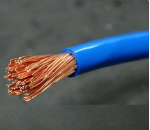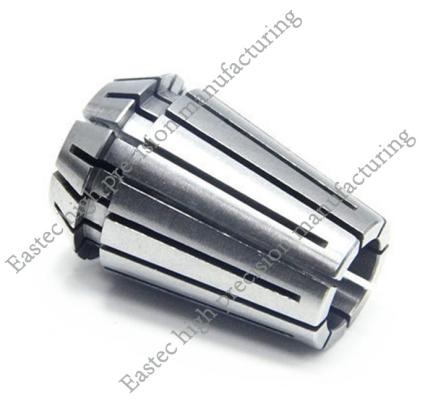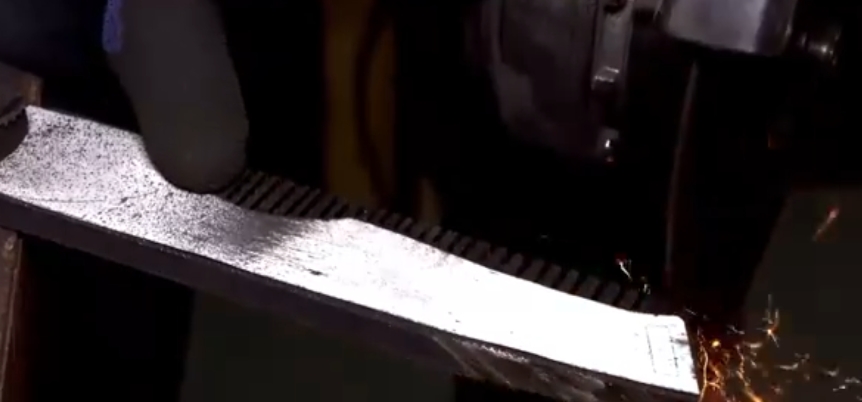Magnesium alloy has low cutting resistance and is easy to machine. However, it has a low ignition point. During the cutting process, when cutting heat is generated, if the tool, rotational speed, feed rate, and cutting method are not set and selected reasonably, it is extremely prone to combustion, which can damage the machine tool and the workpiece. Therefore, the rational use of tools during the machining process is the key. The specific taboos are as follows.
Taboos in Tool Material Selection
Avoid selecting tool materials that are prone to chemical reactions with magnesium alloy. For example, certain components in high - speed steel tools may react chemically with magnesium at high temperatures during the milling of magnesium alloy. This not only reduces the service life of the tool but also affects the machining quality and may even pose a danger. Carbide tools should be preferred as they have good chemical stability and can withstand relatively high cutting temperatures, making them more suitable for the milling of magnesium alloy.
Taboos in Tool Geometric Parameter Setting
Improper setting of geometric parameters such as the rake angle, clearance angle, and cutting edge inclination of the tool can lead to serious consequences. Avoid using an excessively large rake angle. Although a large rake angle can reduce the cutting force, it weakens the strength of the cutting edge. During the milling of magnesium alloy, the cutting edge is prone to chipping, resulting in an unstable cutting process and increasing the risk of combustion. The clearance angle should not be too small either. A small clearance angle increases the friction between the tool and the workpiece, generating more heat, which is not conducive to heat dissipation and may lead to the combustion of magnesium alloy. The selection of the cutting edge inclination is also crucial. Avoid setting it too large or too small. An inappropriate cutting edge inclination affects the discharge direction and shape of the chips. If the chips cannot be discharged smoothly and accumulate in the machining area, the cutting temperature will rise sharply.
Taboos in Tool Wear Handling
When the tool shows signs of wear, avoid continuing to use it without timely replacement. A worn tool has a dull cutting edge, which increases the cutting force and generates more heat. Moreover, the surface of a worn tool is not smooth, and the friction between the chips and the tool intensifies, further increasing the cutting temperature. Once the temperature exceeds the ignition point of magnesium alloy, a combustion accident will occur. Therefore, the wear of the tool should be checked regularly, and when the wear reaches a certain level, the tool must be replaced in time.
Taboos in Cutting Parameter Selection
Regarding the rotational speed, avoid using an excessively high speed. A high rotational speed causes the cutting temperature to rise rapidly, increasing the possibility of magnesium alloy combustion. At the same time, the feed rate should not be too large. A large feed rate increases the cutting force and generates more heat. The rotational speed and feed rate should be selected reasonably according to the performance of the tool, the material of the workpiece, and the machining requirements to ensure the safety and stability of the cutting process.
Taboos in Cutting Fluid Usage
Avoid not using cutting fluid or using inappropriate cutting fluid. Cutting fluid plays a crucial role in the milling of magnesium alloy. It can not only reduce the cutting temperature but also reduce the friction between the chips and the tool. However, it should be noted that cutting fluid containing water cannot be used because magnesium alloy reacts chemically with water at high temperatures, producing hydrogen, which increases the risk of combustion and explosion. Special cutting fluid designed for magnesium alloy machining should be selected.
In conclusion, in the milling of magnesium alloy, these taboos in tool application must be strictly observed to ensure the safety and efficiency of the machining process, improve the machining quality, and avoid various problems caused by improper tool usage.






 Customer service 1
Customer service 1  Customer service 2
Customer service 2